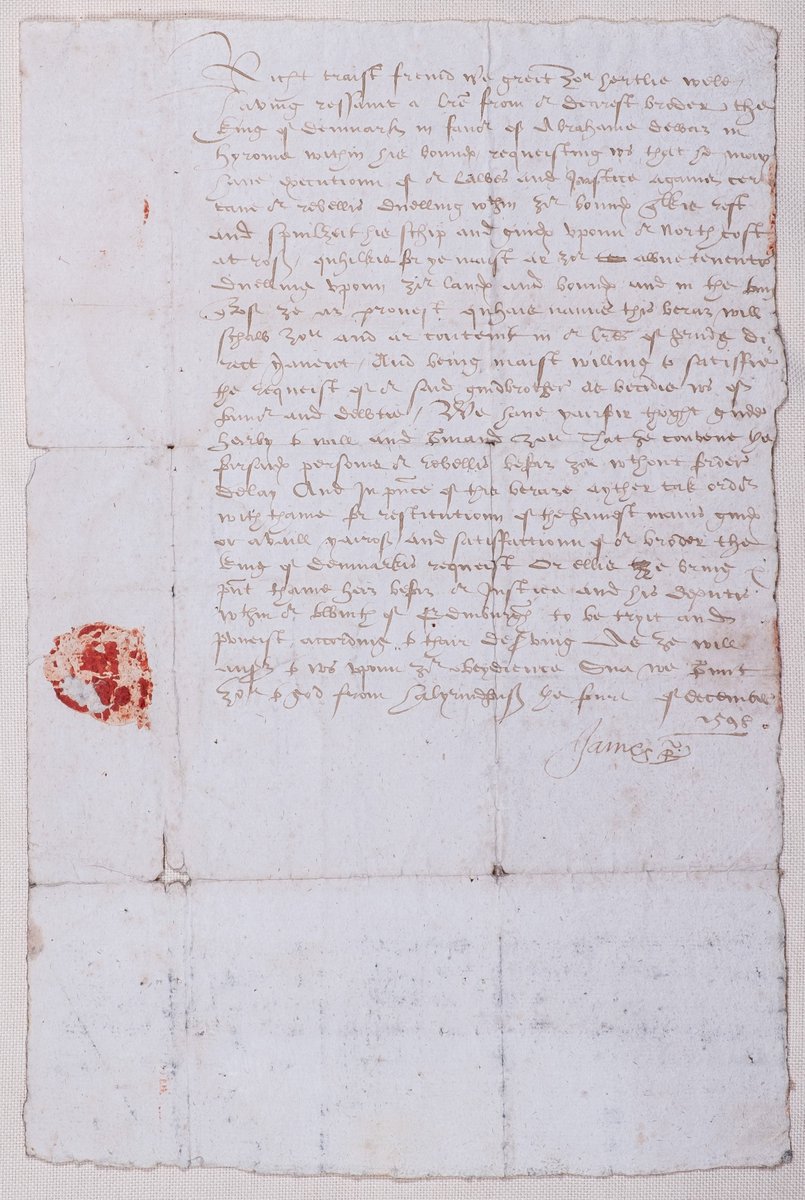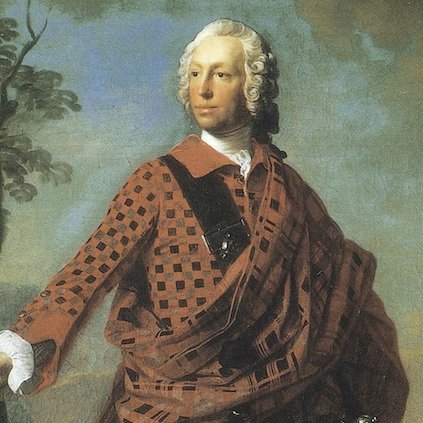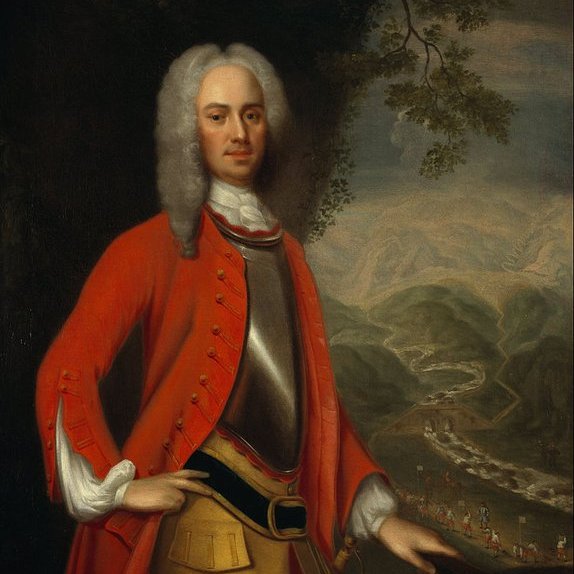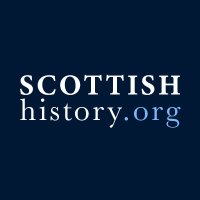
Scottish History
@scotshistory
Scottish history and heritage online. Featuring articles, reviews, historic attractions, places to visit and events. Editor: @NeilRitchie86
ID: 450915494
https://www.scottishhistory.org 30-12-2011 20:29:00
2,2K Tweet
1,1K Takipçi
129 Takip Edilen

A winter view of Blair House in the Blair Estate outside Dalry, Ayrshire. #Scotland #Snow #SnowHour ⛄ #ThePhotoHour TheHunterFoundation ayrshiremagazine
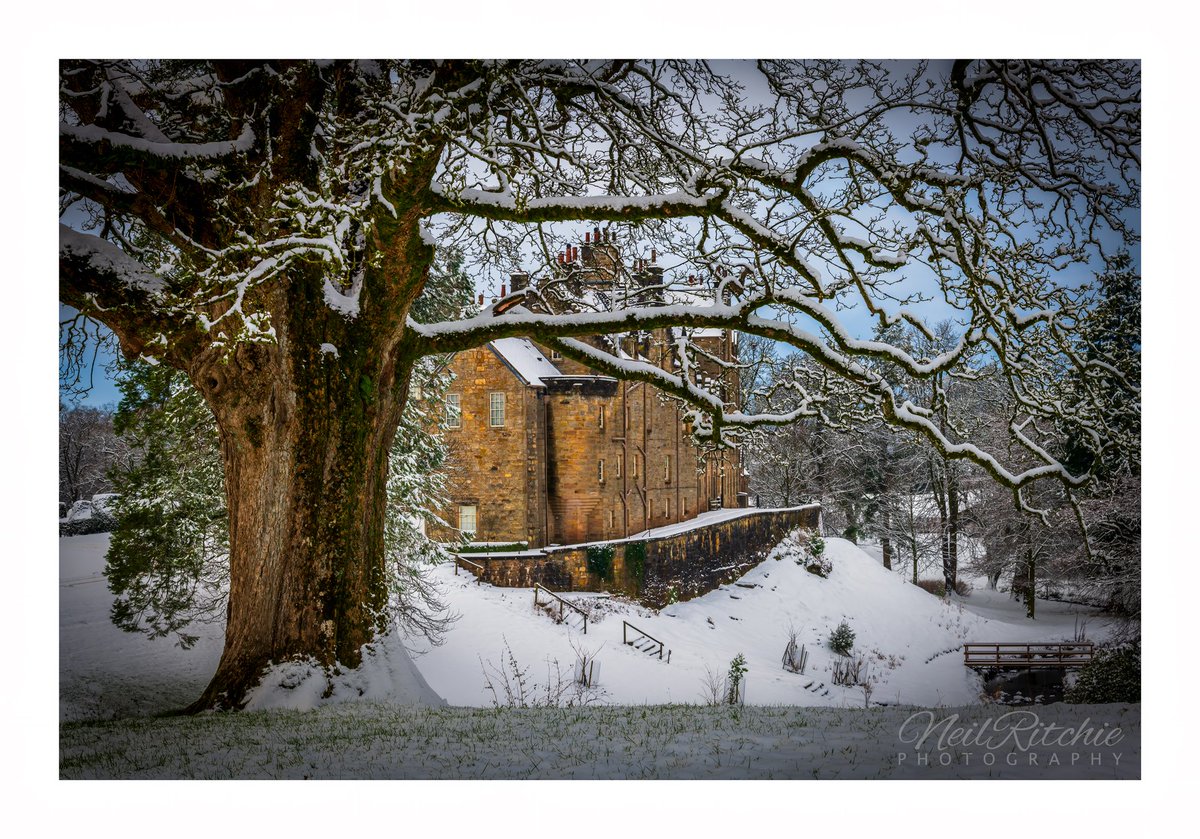
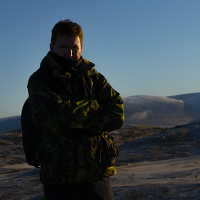

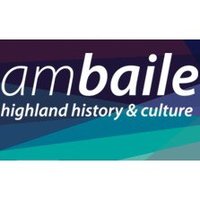
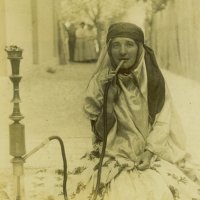


Taigh-òsta an Rìgh, Gleann Comhann, c1950an / Kingshouse Hotel, Glen Coe, c1950s [source: Highland Folk Museum]
![Am Baile - Highland History & Culture (@highlandhistory) on Twitter photo Taigh-òsta an Rìgh, Gleann Comhann, c1950an
/
Kingshouse Hotel, Glen Coe, c1950s
[source: <a href="/HighlandFolk/">Highland Folk Museum</a>] Taigh-òsta an Rìgh, Gleann Comhann, c1950an
/
Kingshouse Hotel, Glen Coe, c1950s
[source: <a href="/HighlandFolk/">Highland Folk Museum</a>]](https://pbs.twimg.com/media/GBJQsghXcAAoBjo.jpg)

#OnThisDay in 1820, Henry Bell's pioneering paddle steamer The Comet was wrecked in choppy waters off Craignish Point, Argyll and Bute. Our latest blog tells the story of this signficant little ship, which we recently designated as a scheduled monument. blog.historicenvironment.scot/2023/12/henry-…



The National Trust for Scotland has announced that construction work on the new Glencoe Greenway will begin this winter. The path will allow locals and visitors to walk, cycle, or wheel into the heart of the glen avoiding the verge of the A82 trunk road. scottishhistory.org/news/nts-begin…








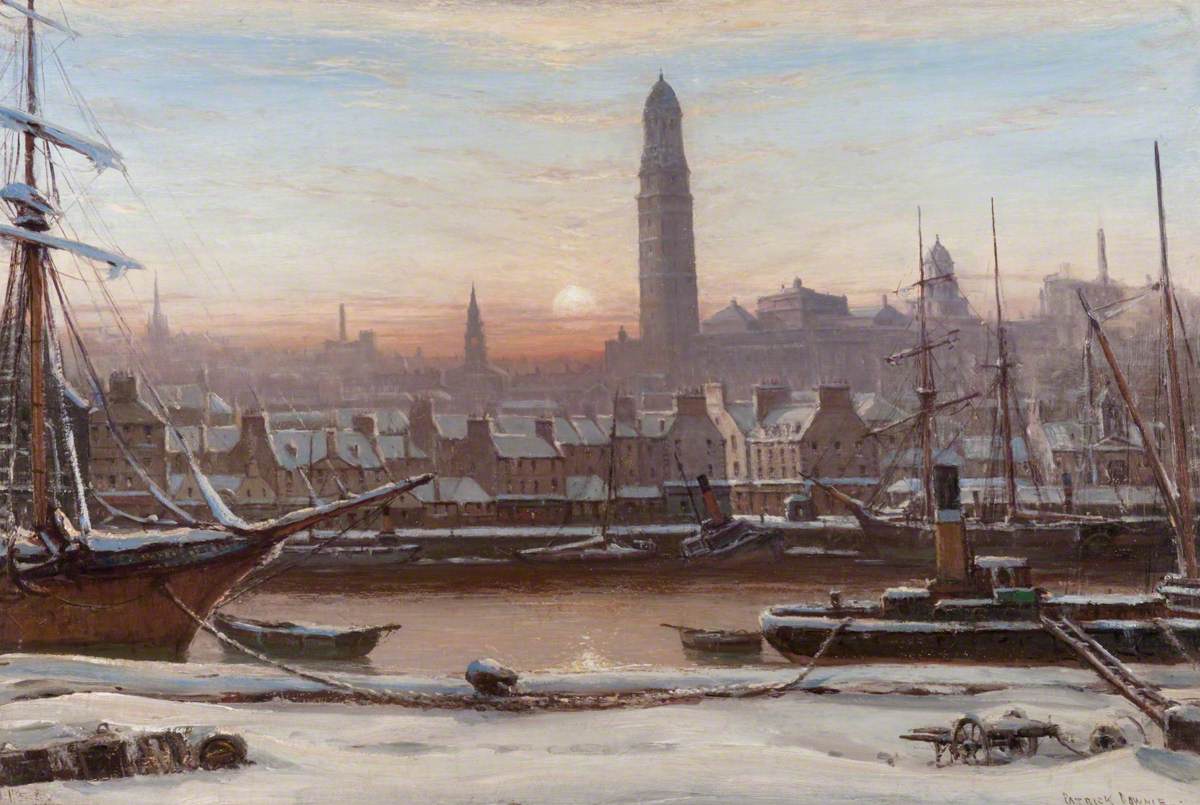
![Am Baile - Highland History & Culture (@highlandhistory) on Twitter photo A train stuck in a snowdrift between #Dingwall and #Foulis, December 1906
[photo: F.W. Urquhart; source: Highland Railway Society] A train stuck in a snowdrift between #Dingwall and #Foulis, December 1906
[photo: F.W. Urquhart; source: Highland Railway Society]](https://pbs.twimg.com/media/GAq12GIWwAAPSHr.jpg)
